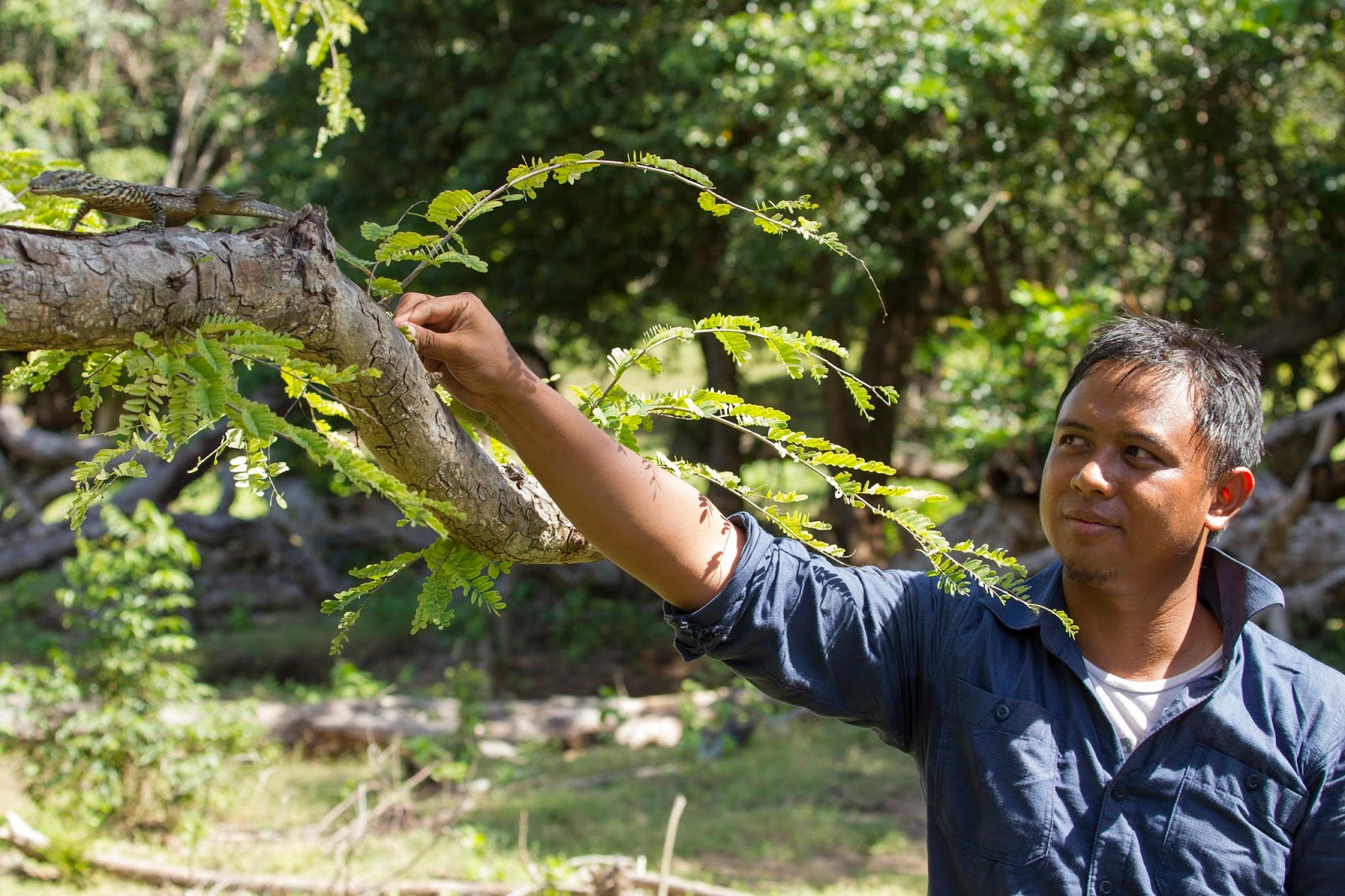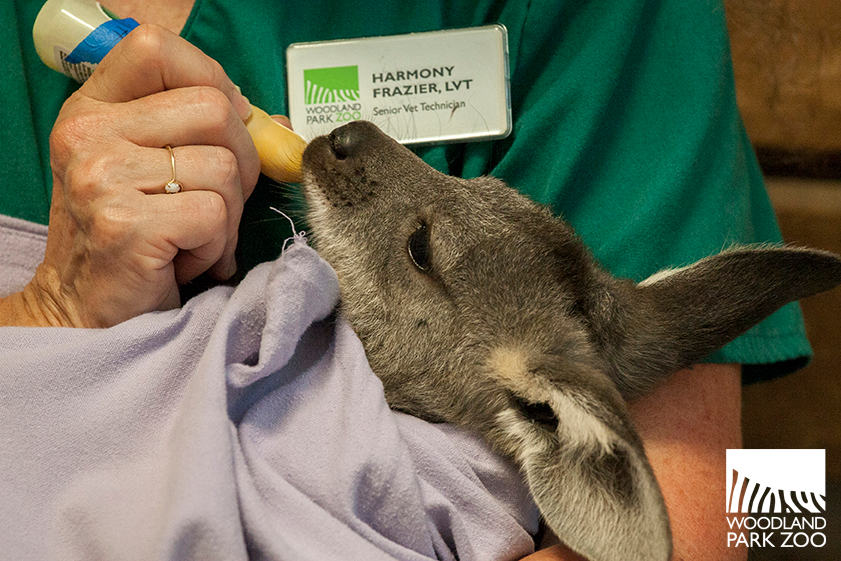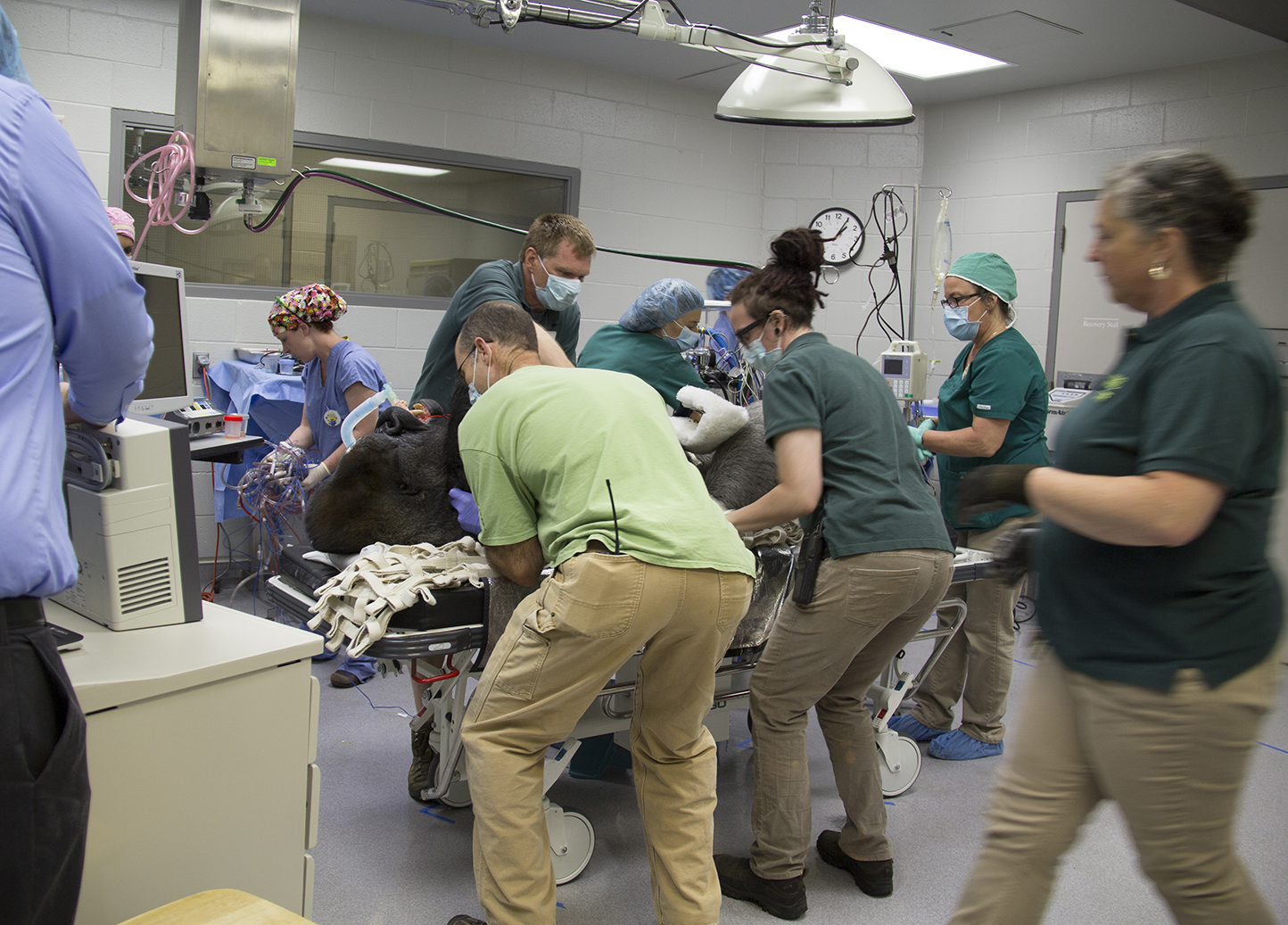Posted by: Dr. Fred Koontz and Bobbi Miller, Conservation Team
Tigers have always been around, right? Who didn’t grow up seeing Tony the Tiger hawking breakfast cereal, watching Tigger bounce (“Bouncing is what Tiggers do best”) across the pages of Winnie the Pooh, or hearing the story of How the Tiger Got His Stripes? The fictional tigers that brought us a happy childhood are still around, and will be for generations to come, but can the same be said for the real deal—tigers in the wild?
 |
Photo by Ryan Hawk/Woodland Park Zoo. |
Today we focus on those real-life wild tigers, and what can be done to ensure that they too remain for generations to come.
Global Tiger Day was set aside to promote the protection of wild tigers and their habitat, and to further awareness and support for their conservation. If there was ever an animal that needed our protection, it’s the majestic tiger.
 |
Photo courtesy of |
Just over 100 years ago there were as many as 100,000 wild tigers living in Asia. Today there are fewer than 3,200 wild tigers, with only 7% of their original habitat remaining in 13 Asian countries. In the last 80 years, three subspecies of tigers; Javan, Caspian and Bali, have gone extinct in the wild. That leaves five subspecies to be saved—which is what today is all about.
Here at Woodland Park Zoo (WPZ), with your help we’re doing something to save those remaining tigers. In 2012, WPZ joined forces with Panthera’s Tigers Forever Program, and on-the-ground partners Rimba and Pemantau-Hijau in Malaysia to protect the Malayan tiger. In collaboration with the Department of Wildlife and National Parks (DWNP) and in concert with Malaysia’s National Tiger Action Plan, our collaborative project aims to assess the status of critically endangered Malayan tigers where they live, protecting not only these iconic cats, but their habitat and prey species as well.
While the numbers are low—less than 350 Malayan tigers left in the wild—we are optimistic that with your help, we can increase those numbers. Here’s what’s happening that gives us hope:
Camera traps have revealed core habitat to protect
In 2014, Rimba, our partner on the ground in Malaysia, assisted DWNP in setting up nearly 200 camera traps throughout our research site. Information gathered provides a baseline on the status of tigers and other threatened species, including leopards, clouded leopards, sambar deer, Malayan tapirs and Asian elephants. Initial results confirm the presence of tigers, but that the primary prey base of sambar deer is low, likely due to human hunting. This gives Rimba and DWNP the critical information they need in order to begin protecting those tigers and finding ways to protect their prey base.
 |
| Photo credit Courtesy of Rimba. |
Several poachers arrested
Permantau Hijau (“Green Monitor” in Malay) is our partner organization that supports the researchers and government agencies in monitoring Malaysia’s changing natural environment. Through the use of state-of-the-art technology, the team is able to achieve real-time detection of activities threatening natural resources. Their work on the ground has already contributed to the arrest of seven foreign poachers on two separate occasions in joint enforcement operations with the army and police in our project area.
 |
Documenting an illegal campsite near the Taman Negara border - Photo courtesy of Suzalinur Manja Bidin, MYCAT. |
Citizen involvement
Another exciting component of the project is our involvement with the Malaysian Conservation Alliance for Tigers (MYCAT). MYCAT conducts citizen conservationist trips—called “Cat (Citizen Action for Tigers) Walks.” Over the course of several days, regular citizens like you and I traverse parts of the Yu River Wildlife Corridor. These “voluntourists” do not act as law enforcement and don’t confront criminals or poachers. What they do is supplement law enforcement officers by increasing the number of eyes and boots on the ground. While on these walks, they collect data to help enforce wildlife conservation laws and notify authorities of any sign of poachers in the area.
 |
| Foot patrol along the Taman Negara border. Photo courtesy of Suzalinur Manja Bidin, MYCAT. |
Washington Leading the Way
Finally, WPZ is partnering with Vulcan on Citizen’s Initiative 1401. I-1401 is a Washington state ballot measure that is designed to help save animals threatened with extinction. The measure would prohibit the purchase, sale, and distribution of products made from a list of 10 endangered animal groups being exploited to the point of potential extinction, and will be enforced by strong penalties. The animals protected by I-1401 include elephants, rhinos, lions, tigers, leopards, cheetahs, marine turtles, pangolins, sharks and rays. To learn more, check out www.zoo.org/yeson1401 for current news.
Here are a few things you can do to help us in our fight to save tigers.
1. Come to WPZ and see our three tiger brothers– Liem, Eko and Olan, then learn more about our conservation program to save tigers in Malaysia. The WPZ-Panthera Malayan Tiger partnership is highlighted in the Banyan Wilds “field house,” a conservation action center going in to depth on our project.
 |
| Photo by Dennis Dow/Woodland Park Zoo |
2. Purchase the first-class “Save Vanishing Species” tiger stamp. Whether to save, or use, these stamps feature a graphic depiction of an Amur tiger cub. Your purchase benefits conservation projects that re helping create hope for the future for tigers, and other endangered species. As of October, 2012, over $1.74 million has been raised to protect and conserve endangered species.
3. Vote yes on I-1401 this November. Help us be the first state to take a strong stance against the illegal trafficking of wild animal parts. Working together, we can win the race against extinction. We can save threatened animals! Join the campaign. Help get the word out. Make a donation. And vote YES on I-1401!
Thank you for supporting tigers Liem, Eko and Olan here at the zoo and tigers all around the world by sharing #GlobalTigerDay with your friends.










































































































